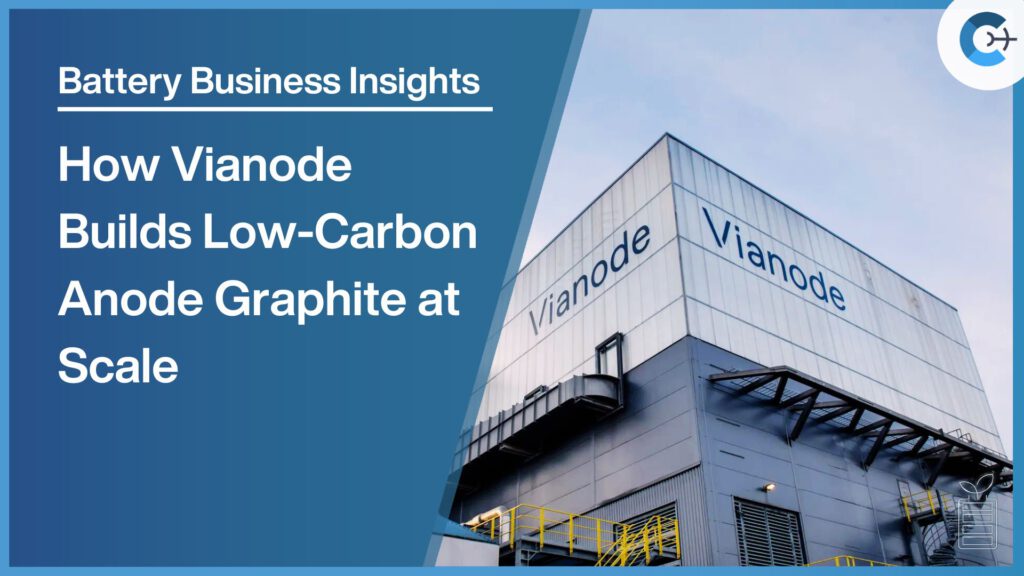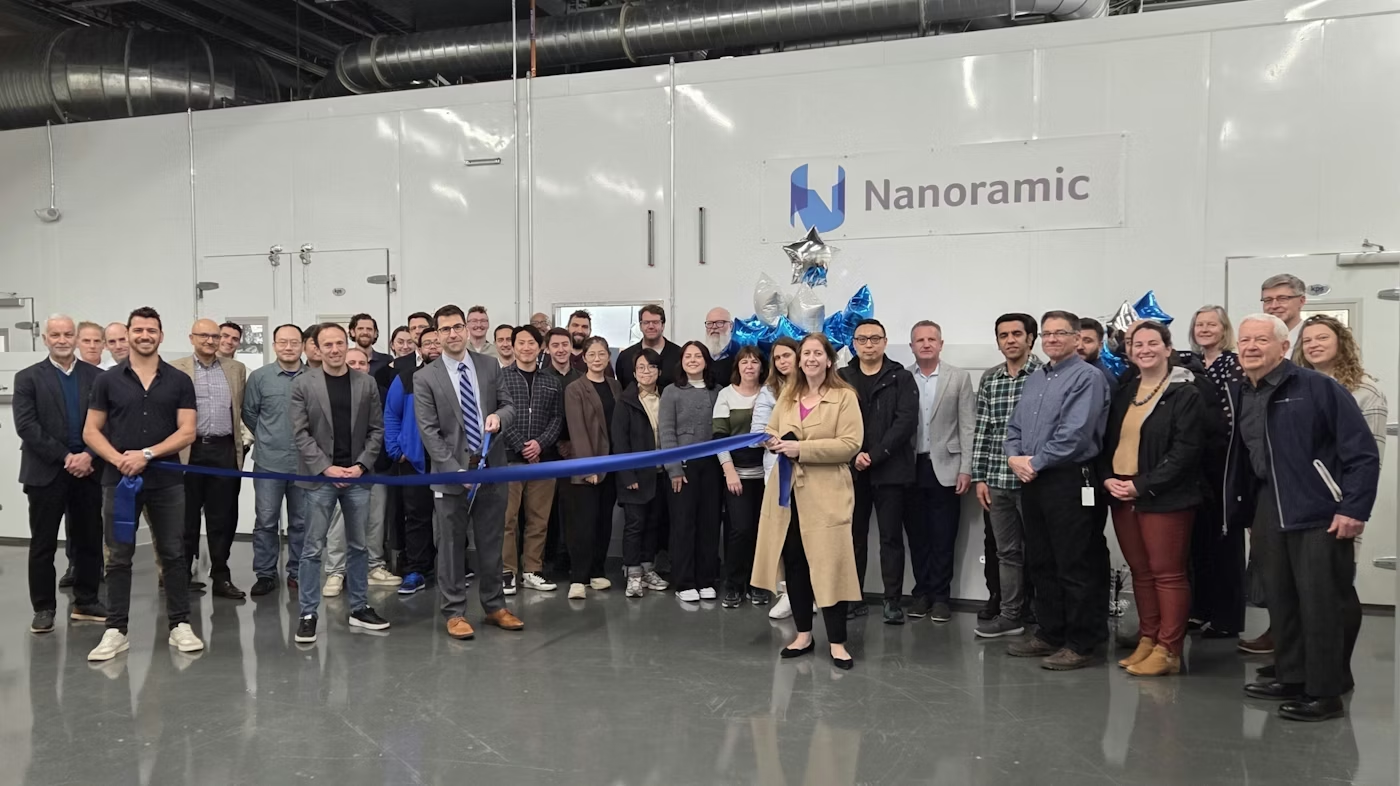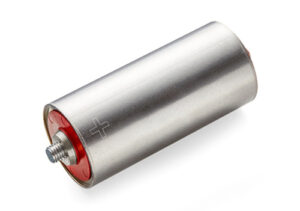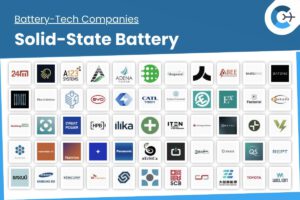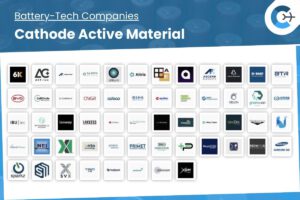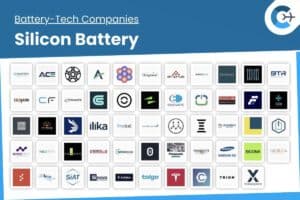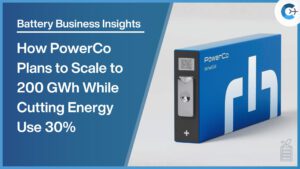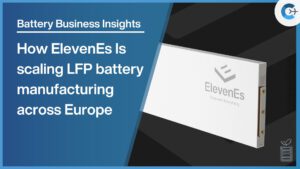Vianode is building an industrial supply of synthetic anode graphite with a verified low carbon footprint for lithium‑ion batteries. The company inaugurated its Via ONE plant at Herøya, Norway, in October 2024 with about 2,000 tons per year (tpa) nameplate capacity—enough material for roughly 30,000 electric vehicles (EVs) annually. A third‑party Life Cycle Assessment (LCA) by Minviro reports a 1.9 kg CO2e per kilogram footprint for Vianode’s anode graphite, which the company cites as more than 90% lower than conventional production. With a pilot line in Kristiansand, plans to scale Herøya to large‑scale output, and a North American plant in development, Vianode’s approach combines closed‑furnace processing, renewable energy, and process control to localize a critical battery input for European and U.S. customers.
Key Facts & Figures
- Founded: 2021; Headquarters: Oslo, Norway
- Employees: 250+; Ownership/backing: Elkem, Hydro, Altor
- Revenue: EUR <50M (2024, est.); Market cap: N/A (private)
- Current manufacturing: Via ONE (Herøya) ~2,000 tpa; Pilot (Kristiansand) 200+ tpa
- Planned capacity: Herøya expansion toward ~60,000 tpa; North America ~70,000 tpa
- Carbon footprint: 1.9 kg CO2e/kg (Minviro, 2024); target ~1 kg CO2e/kg by 2030
- Long‑term ambition: materials for up to 3 million EVs/year by 2030
- Partnerships: GM (long‑term supply agreement announced), Fortum Battery Recycling, Morrow Batteries
Company Background & Market Position
Founded in 2021 as a spin‑out anchored by Norwegian industrial heritage, Vianode focuses on advanced anode graphite for EV batteries. The firm is headquartered in Oslo with operations in Kristiansand and Porsgrunn/Herøya, and project activity in Ontario, Canada, and Michigan, USA. Backing from Elkem, Hydro, and Altor has supported early scaling, R&D, and plant build‑out.
The company’s market proposition is twofold: localized graphite supply for Europe and North America and a verified low‑carbon footprint. OEM and cell maker qualification milestones have been reported, including a long‑term supply agreement announced with General Motors. As policy in both the EU and U.S. favors regional content and traceable, lower‑emission materials, Vianode aims to be a preferred anode supplier for automotive and battery clients seeking IRA/EU Battery Regulation compliance and supply security.
BetterE Podcast Interview with Burkhard Straube, CEO of Vianode
In a recent BetterE Podcast hosted by our colleague Simon Voss, Burkhard Straube, CEO of Vianode, laid out a clear case for decarbonizing the most carbon‑intensive part of an EV battery: the graphite anode. Transportation accounts for about 20% of global CO2 emissions, and within EVs, the battery is the biggest contributor—graphite alone can represent roughly a fifth of that footprint. Straube explained how Vianode aims to change that equation while building more resilient supply chains for the West.
Straube’s path into batteries started with a long-standing focus on sustainability. After a business degree in 1993, he built a career in the chemical and materials sectors, including leadership roles at SGL Carbon. His first close look at lithium‑ion batteries came around 2011 through anode materials supplied to Panasonic and Tesla. What drew him to Vianode in 2023 was the chance to pair sustainability with advanced process engineering—and to contribute to supply security for Europe and North America.
The problem, as he sees it, is twofold: concentration risk and process emissions. About 95% of graphite used in the West is sourced from Asia, with more than 90% coming from China. Conventional graphitization relies on large, open Acheson furnaces heated to about 3,000°C, which are energy‑intensive, hard to control uniformly, and require “packing media” that becomes additional waste. “We developed a proprietary technology to reduce this footprint by 90%,” Straube said.
Vianode’s approach uses enclosed induction furnaces that deliver tighter temperature control, lower energy use, and consistent quality—allowing 100% of the batch to meet specification. The closed system also limits diffuse emissions, with upstream filtration and sorting to remove impurities. On performance, Straube points to third‑party validation: a multi‑billion‑dollar offtake agreement with General Motors, with LG as the cell partner. Vianode can tune graphite for OEM requirements, from capacity to fast charge rates. The scale‑up path began with material development around 2016, a pilot in 2019, and an industrial pilot in 2021. Today, the VIA1 plant in Norway produces about 2,000 tons per year; the next step is a modular, higher‑automation facility in North America targeting up to 150,000 tons after phased expansions.
Straube is honest about Europe’s hurdle: financing follows a viable business case. He credits the U.S. Inflation Reduction Act for addressing both supply and demand, something Europe has yet to match. He urges for a policy framework with teeth, saying, “At the moment, we don’t get financing in Europe because there’s no business case.” In order to keep valuable materials in circulation locally, he also calls for a stronger push on battery recycling, particularly in light of a significant wave of end-of-life packs anticipated between 2035 and 2040.
Manufacturing Capacity & Infrastructure
Vianode’s production system is centered on synthetic anode graphite, with operations staged for scale:
- Via ONE, Herøya (Norway): Commercial operations began in October 2024 with four full‑size furnaces and about 2,000 tpa capacity at initial ramp. Output is sized for roughly 30,000 EVs per year. The site uses renewable power, closed‑furnace processing, and energy‑recovery measures.
- Kristiansand Technology Center and industrial pilot (Norway): 200+ tpa for development, sampling, and process/quality refinement, operating since 2021.
- Herøya large‑scale expansion (Norway): A phased path toward ~60,000 tpa has been outlined, including a fast‑track step. At that scale, Vianode indicates supply potential approaching one million EVs per year from Herøya.
- North America plant (Via TWO): A multi‑phase facility under development, with an initial design around ~70,000 tpa. A US$300 million letter of interest has been announced to support financing. Location work has focused on Ontario and Michigan.
Automation, tight process control, and closed systems are used to ensure consistent particle morphology, purity, and performance, while minimizing emissions and energy consumption. The siting strategy—Norway first, then North America—supports proximity to customers and policy‑driven content rules.

Technology & Product Portfolio
Vianode produces high‑performance synthetic anode graphite engineered for lithium‑ion cells used in EVs and energy storage. The materials are specified for energy density, first‑cycle efficiency, fast‑charge behavior, and long life. The company cites benefits for range, charging time, and durability in automotive duty cycles.
A 2024 LCA by Minviro reports a cradle‑to‑gate footprint of 1.9 kg CO2e/kg for Vianode’s anode graphite. The result stems from closed‑furnace processing, renewable power, and energy recovery. The firm’s roadmap targets ~1 kg CO2e/kg by 2030.
In addition to its primary synthetic graphite grades, Vianode has launched a recycled graphite product produced from battery‑grade recovered materials. The offering supports circularity needs and aligns with EU requirements that set rising recycled content and product footprint rules. R&D programs include silicon‑graphite composite anodes to lift specific capacity while maintaining cycle life and rate performance. The Kristiansand Technology Center provides pilot‑scale capability and qualification samples for OEMs and cell makers.
Strategic Initiatives & Market
Vianode’s expansion aims to meet rapid growth in anode demand while satisfying regional sustainability rules. Against this backdrop, Vianode’s low‑emission processing and local siting seek to reduce dependence on imported material and support automakers’ eligibility for incentives.
Partnerships reflect that strategy: a long‑term supply agreement was announced with GM; collaboration with Fortum Battery Recycling addresses end‑of‑life pathways; and MOUs with battery producers support demand visibility. Public funding support and grants—such as the EU Innovation Fund award—complement private investment and credit support indicated for the North American plant.
Looking Ahead
Vianode’s path to scale rests on executing Herøya’s large‑scale expansion and delivering a North American plant close to customers. If the company realizes its planned ~60,000 tpa in Norway and ~70,000 tpa in North America, it would establish a significant non‑Asian source of synthetic anode graphite with a verified low footprint.

